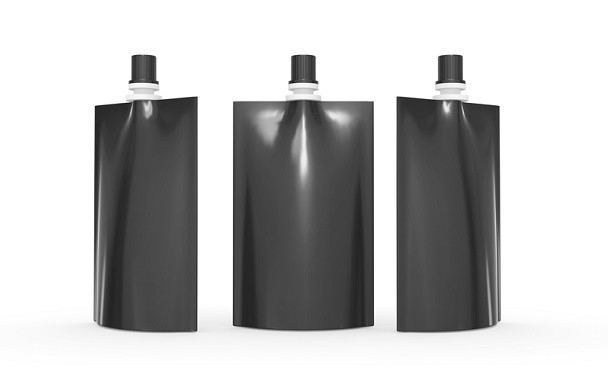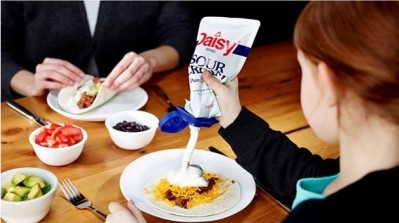New ‘Airshield’ technology to up shelf life while cutting costs and material used in packaged dairy

“Many dairy foods, such as cheese, butter, processed dairy foods, aseptic whole milk, and powdered milk products all have some sensitivity to oxygen,” Performance Packaging president Rob Reinders told DairyReporter.
“Airshield can remove oxygen in each of these diverse dairy applications to improve color, flavor, nutrition, and shelf life.”
The company, which is patent pending, anticipates that Airshield will be available to food processors and packagers by early 2017.
Oxygen ‘scavenging’
One of the major benefits Airshield is that it provides both oxygen “scavenging” (the removal of oxygen) capabilities and an oxygen barrier all in one packaged product.
According to Reinders, oxygen is removed through a chemical reaction with an FDA GRAS compound embedded in the package once food is filled into the container.
“This eliminates the need to nitrogen flush which is a very common and expensive process,” he added.
The oxygen barrier, which prevents external oxygen migration into the package after it is filled and sealed, is triggered by a separate GRAS compound and creates “a molecular level maze (tortuosity), if you will, that keeps the oxygen molecules bouncing around in the film or the injection/blow molded product that keeps the oxygen from penetrating all the way through the package,” Reinders explained.
Cost-effective and environmentally-friendly solution
Reinders said that because the oxygen is removed through two chemical reactions, it eliminates the need to use extra packaging material such as aluminum foil, an EVOH additive, PVDC, or aluminum oxide coating making it a more cost effective option for food processors and packagers.
The largest difference, Reinders notes, is that Airshield combines the removal of the residual oxygen from the package in the head space (top of the package where there is no product), becoming a very high barrier for external oxygen migration into the package while it is on the shelf.
“If you look at PVDC material, the longer that material is stored until use, the more yellow hue comes through and the barrier and performance properties are reduced. If you look at EVOH, moisture is an enemy to that material where it actually activates our additive during packaging,” Reinders said.
“The last element that completes the trifecta of novelty is that this additive is passive and not activated until the package is actually filled,” he said.
Plays into pouch packaging trend
Convenience, quality, sustainability and price continue to drive the end use packaging market, Reinders said.
In fact, the global demand for food packaged in pouches is expected to grow by roughly 2.5m pack units by 2017, according to Canadean.
One of the first applications of Airshield will be in foods packaged in plastic flexible pouches that have become extremely popular among consumers due to their convenience and portability.
However, most pouch packaging, while recyclable, does not have strong oxygen barrier properties.
“For many products, food oxidizes in the spout area to produce an off-color, off-flavor product with lessened nutrition,” Reinders said.
Airshield is able to provide a high oxygen barrier, while extending the shelf by two or three fold, according to the company.
“Extended shelf life provides longer optimal use, improved eye-appeal, and enhanced nutrition for consumers and broader distribution and less shelf attrition for processors,” Reinders noted.








